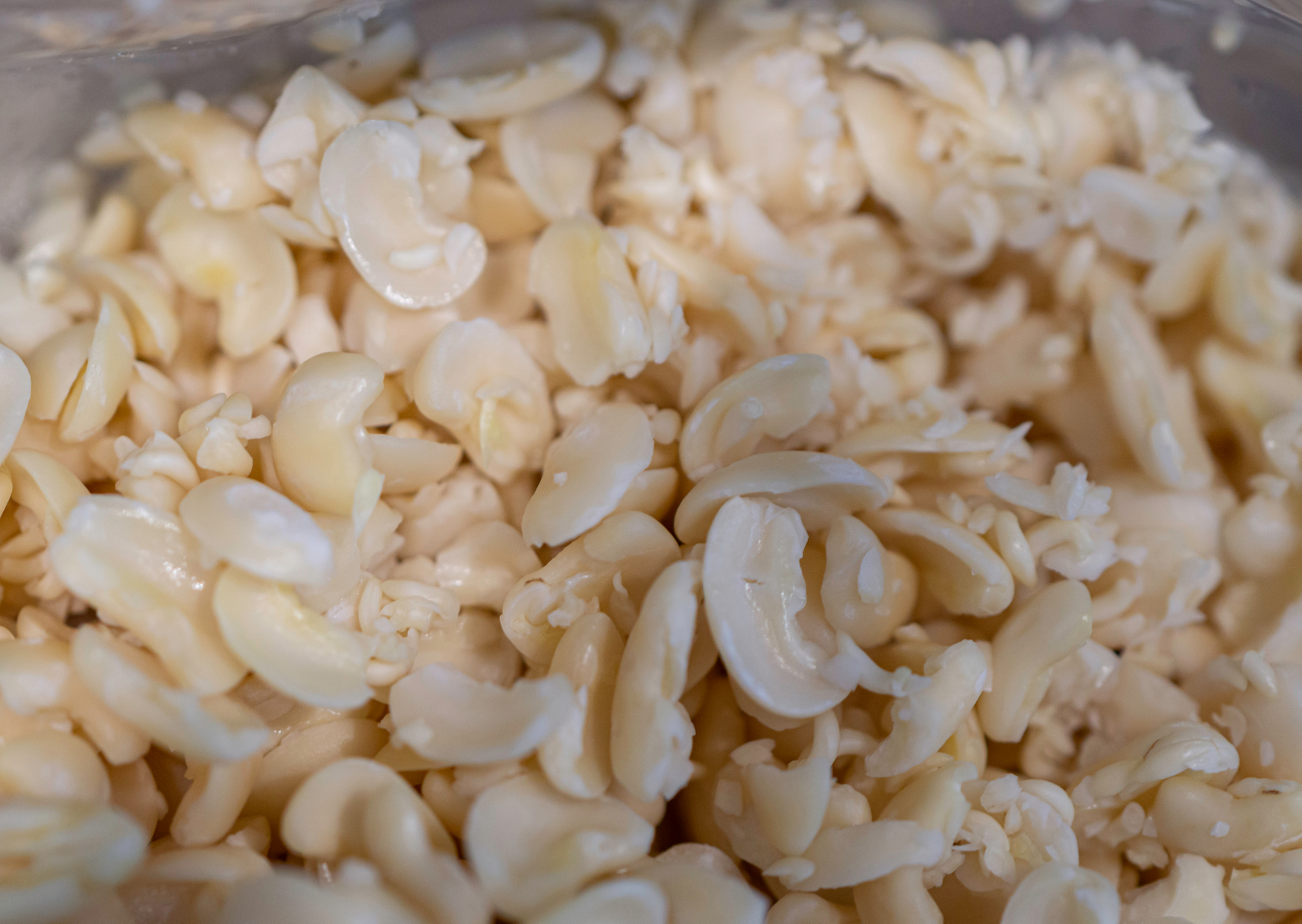Beans are a staple in most African households, and increasingly even in the Western house with the recent embracing of vegan lifestyles. Being innovative people, Africans have established a plethora of flavoursome dishes which have cowpeas as their base. Popular examples are moin moin and akara. These dishes start off as cowpea paste and then grow from there.
Cowpea paste is simply hulled cowpeas which have been ground to a smooth consistency. The preparation of cowpea paste is not simple, but it is important to learn to do it well as it is the basic ingredient of many delicious and nutritious steamed and fried dishes.
Cowpea paste can be prepared in bulk and frozen in small batches for convenience, but the flavour is better if the beans are hulled, frozen and then ground just before use.
To hull cleaned cowpeas, soak them in plenty of water for 10 minutes. Take note that soaking them for a longer period of time does not make hulling easier and in some varieties actually makes it more difficult. Drain the water and rub handfuls of the beans firmly between the palms of your hands several times in quick succession. Fill the bowl with water, mix with the beans and pour off the floating hulls. Repeat the rubbing and draining process several times until most of the cowpeas are hulled. Any remaining husked cowpeas can be hulled individually. If any husks are left on the cowpeas it will reduce the quality of the paste.
If the cowpeas are to be used in a fried dish, they should be drained and ground at this point to minimise the amount of water necessary for blending. If the paste is to be used in a steamed dish, the cowpeas can be soaked in water until needed – several hours if need be.
If the hand method seems like too much work, then the soaked cowpeas can be given a 2 second spin in a blender to remove the hulls, which can then be separated in the manual method described above.
